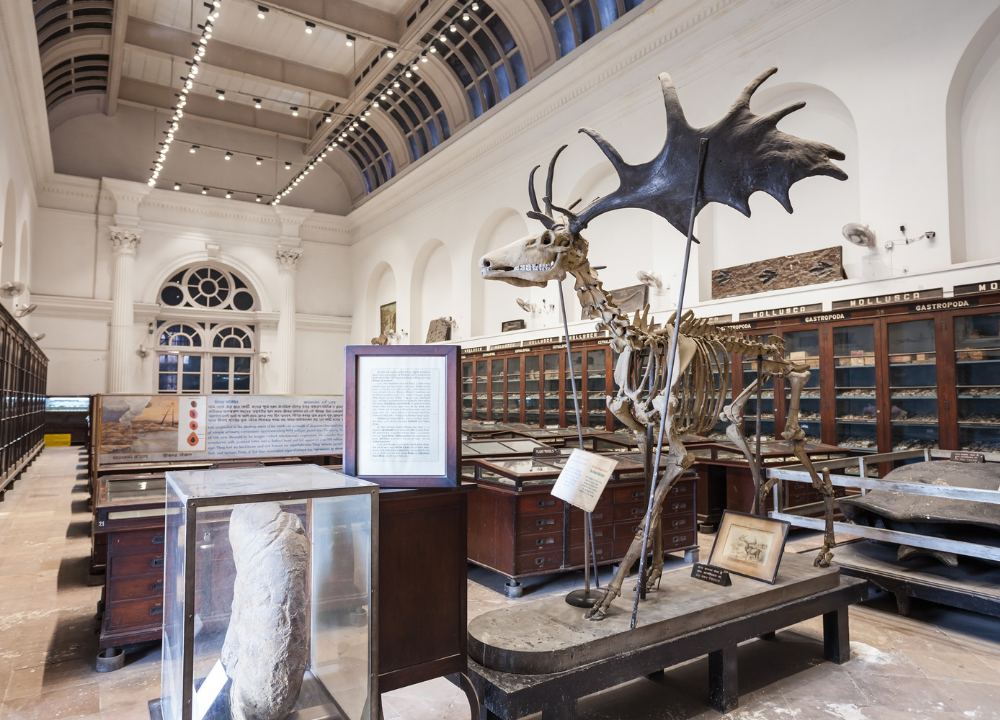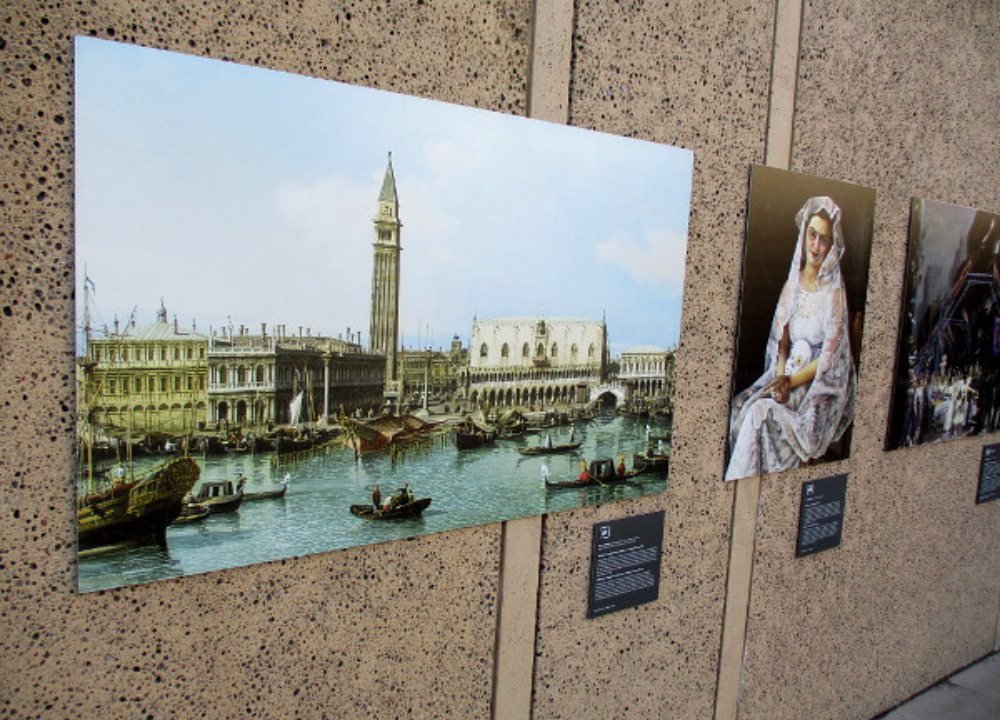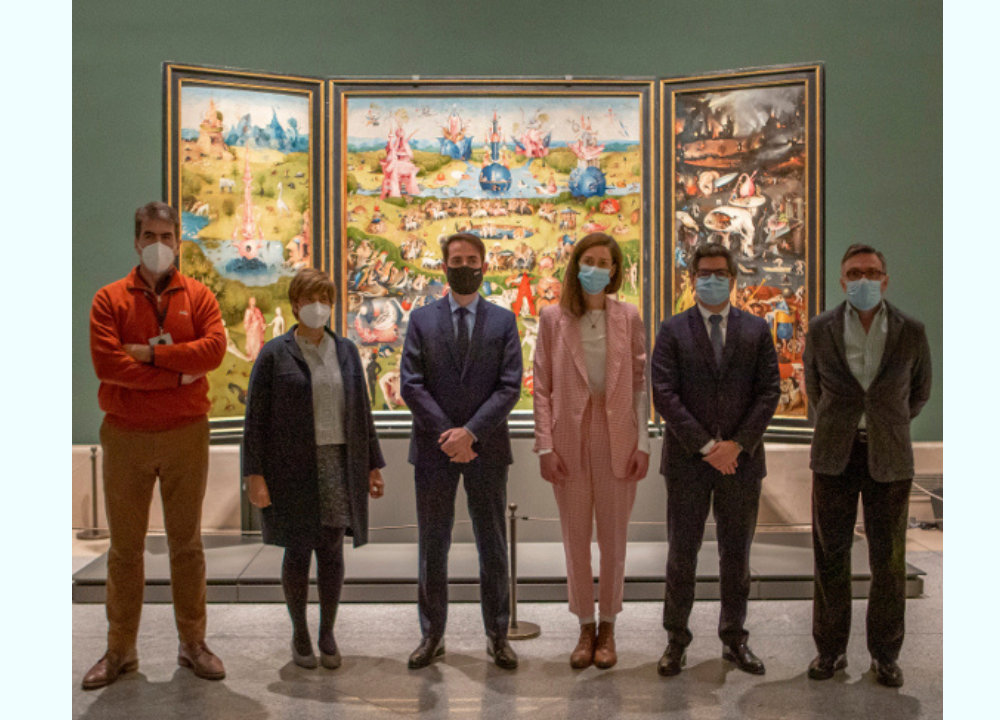Submitting your art to galleries can be a daunting task. Many artists dream of showcasing their work in a gallery.
Yet, the process can feel overwhelming. You may wonder how to get noticed among so many talented creators. Finding the right gallery is just the first step. You also need to present your art in the best possible way. This means understanding what galleries look for and how to communicate your vision.
Knowing these key factors can greatly improve your chances of being accepted. This guide will provide you with essential tips to help your art stand out. Whether you are a seasoned artist or just starting, these insights will help you navigate the submission process with confidence.
Choosing The Right Galleries
Choosing the right galleries for your artwork is crucial. It can make a big difference in how your art is received. Not all galleries are the same. Each gallery has its style, audience, and mission. Finding the right match increases your chances of success. Take time to research and assess your options.
Researching Gallery Types
Start with understanding different gallery types. Each type serves a unique purpose and audience. Here are some common gallery types:
- Commercial Galleries: These galleries sell art. They focus on artists who can attract buyers.
- Non-Profit Galleries: These galleries support artists without focusing on sales. They promote art for cultural reasons.
- Artist-Run Spaces: These are managed by artists. They often showcase experimental work.
- Cooperative Galleries: These involve multiple artists. They share space and resources.
- Online Galleries: These platforms allow artists to showcase work digitally. They reach a global audience.
Research each gallery type. Understand their mission, audience, and what kind of art they display. Make a list of potential galleries. Check their websites and social media. Look for:
| Gallery Type | Focus | Best For |
|---|---|---|
| Commercial | Sales | Established artists |
| Non-Profit | Cultural enrichment | Emerging artists |
| Cooperative | Community | Local artists |
Understanding these types helps in making informed choices. Choose galleries that align with your goals and style.
Assessing Gallery Fit
Finding the right gallery is more than just a match. It is about fit. Think about how your art aligns with a gallery’s vision. Consider these points:
- Art Style: Does your artwork match the gallery’s style? Check their previous exhibitions.
- Audience: Who visits the gallery? Is it the audience you want to reach?
- Location: Is the gallery in a place that attracts art lovers? Location matters.
- Reputation: What do others say about the gallery? A good reputation can help your career.
Visit potential galleries. Observe the environment. Talk to the staff. Ask questions about how they promote artists. This gives insight into how they work.
Make a shortlist of galleries that fit your art. Prioritize those that align closely with your style and goals. This will increase your chances of getting noticed.
Preparing Your Artwork
Submitting your art to galleries can feel overwhelming. Preparing your artwork well is key. This step can make a big difference in how your art is received. Proper preparation shows your professionalism. It also highlights the value of your work. Let’s explore how to prepare your artwork effectively.
Quality Presentation
Quality presentation is essential for your artwork. It creates a strong first impression. Your art should look polished and professional. Here are some tips to ensure quality presentation:
- Framing: Choose frames that complement your artwork. Avoid frames that distract from it.
- Matting: Use matting to add depth. It helps your art stand out in a gallery.
- Cleaning: Make sure your artwork is clean. Dust or smudges can detract from its appeal.
- Lighting: Consider how your art will be lit in the gallery. Good lighting enhances colors and details.
Consider this table for visual impact:
| Aspect | Importance |
|---|---|
| Framing | Enhances visual appeal |
| Matting | Adds depth to the presentation |
| Cleaning | Shows professionalism |
| Lighting | Highlights colors and details |
Each element matters. A well-presented piece can catch the eye of a gallery owner. Invest time and effort in this process. It pays off.
Consistent Style
Maintaining a consistent style is crucial for your artwork. This helps establish your identity as an artist. A recognizable style makes your work more memorable. Here are some ways to achieve consistency:
- Color Palette: Use a limited color palette across your pieces. This creates a harmonious look.
- Technique: Stick to specific techniques you excel in. This showcases your skill and uniqueness.
- Themes: Explore similar themes or subjects in your work. This builds a cohesive body of art.
- Signature: Always sign your work in the same way. This reinforces your brand as an artist.
Check out this overview:
| Element | Purpose |
|---|---|
| Color Palette | Creates harmony |
| Technique | Showcases skill |
| Themes | Builds cohesion |
| Signature | Reinforces brand |
Being consistent helps people recognize your work. It also tells a story about your artistic journey. Keep your style clear and focused.
Crafting Your Artist Statement
Submitting your art to galleries can be a daunting task. An important part of this process is crafting your artist statement. This statement is your chance to share your story and explain your work. A strong artist statement can help galleries understand you and your art better.
Key Elements To Include
When writing your artist statement, focus on these key elements:
- Your Background: Briefly share your history as an artist. Mention your education and experiences that shaped you.
- Your Inspiration: Explain what inspires your work. This could be personal experiences, emotions, or other artists.
- Your Process: Describe how you create your art. Include materials, techniques, and methods you use.
- Thematic Focus: Discuss the main themes in your work. What messages or ideas do you want to convey?
- Artistic Goals: Share what you aim to achieve with your art. This could include personal growth or audience engagement.
Consider this simple table to help organize your thoughts:
| Element | Description |
|---|---|
| Background | Your history and experiences as an artist. |
| Inspiration | What influences your artwork. |
| Process | How you create your pieces. |
| Themes | Main ideas in your work. |
| Goals | Your objectives as an artist. |
Keep it concise. Aim for 150-300 words. Galleries appreciate clarity and focus.
Personal Voice Matters
Your artist statement should reflect your unique voice. This is your chance to connect with the audience. Use a tone that feels natural to you.
Write in the first person. Use “I” statements to make it personal. Here are some tips to maintain your voice:
- Be Authentic: Share your true thoughts and feelings about your work.
- Avoid Jargon: Use simple language. Avoid complex art terms that may confuse readers.
- Show Emotion: Let your passion for art shine through. Share what art means to you.
- Be Honest: Discuss challenges and successes. Honesty resonates with people.
Remember, your statement is part of your identity as an artist. It should feel like a conversation. Keep it engaging and relatable.
Creating A Portfolio
Submitting your art to galleries can be a daunting process. A well-crafted portfolio is essential. It showcases your talent and helps galleries see your unique style. Creating a strong portfolio can make a big difference in getting your work noticed.
Selecting Your Best Works
Choosing the right pieces for your portfolio is crucial. You want to highlight your strengths and versatility. Follow these tips:
- Focus on quality, not quantity. Include only your best works.
- Show a range of styles. This demonstrates your versatility.
- Include recent pieces. They represent your current skills.
- Consider your audience. Choose works that fit the gallery’s theme.
Make a list of potential works. Ask for feedback from peers or mentors. This can provide new insights. Aim for a cohesive theme or message in your selection. Here is a simple table to help you organize your choices:
| Artwork Title | Medium | Year Created | Notes |
|---|---|---|---|
| Starry Night | Oil on Canvas | 2022 | Inspired by Van Gogh |
| Urban Jungle | Acrylic | 2023 | Bright colors, city theme |
| Abstract Waves | Mixed Media | 2021 | Textured layers |
Keep revising your portfolio. Regular updates keep it fresh and relevant.
Digital Vs. Physical Portfolios
Deciding between a digital or physical portfolio depends on your goals. Both have their advantages. Digital portfolios are easy to share and update. They can reach a wider audience quickly.
- Digital Portfolio:
- Accessible from anywhere
- Easy to update
- Can include videos and animations
- Physical Portfolio:
- Tangible and personal experience
- Can make a strong impression
- Best for in-person interviews or events
Consider your audience and how they prefer to view art. A mixed approach can also work well. Use a digital portfolio for online submissions and a physical one for face-to-face meetings. Make sure both portfolios represent your best work.
Writing A Compelling Cover Letter
Submitting your art to galleries is an important step in your artistic career. A well-written cover letter can make a difference. It is your chance to introduce yourself. A compelling cover letter can help your artwork stand out. Use it to express your passion and creativity.
Personalization Techniques
Personalization is key to writing a strong cover letter. It shows you care. Here are some effective techniques to make your letter unique:
- Research the Gallery: Know the gallery’s mission and values. Tailor your letter to match their style.
- Address the Right Person: Use the name of the gallery director or curator. Avoid generic greetings like “To Whom It May Concern.”
- Connect Your Work to the Gallery: Explain why your art fits their collection. Mention specific exhibitions or artists they showcase.
- Share Your Story: Briefly share what inspires you. Make a personal connection with your art.
Here’s a simple table of personalization tips:
| Technique | Description |
|---|---|
| Research the Gallery | Learn about their focus and values. |
| Address the Right Person | Use a specific name instead of a general greeting. |
| Connect Your Work | Explain how your art fits in with their exhibitions. |
| Share Your Story | Include personal insights about your inspiration. |
Personalizing your cover letter helps create a connection. It shows your commitment to your art and the gallery.
Keeping It Concise
Galleries receive many submissions. A concise cover letter is essential. Keep your letter clear and to the point. Aim for one page. Here are some tips to ensure brevity:
- Limit Length: Use short paragraphs and sentences. Avoid long explanations.
- Stick to Key Points: Highlight your most important achievements. Focus on what makes your art special.
- Avoid Jargon: Use simple language. Avoid complex terms that may confuse the reader.
- Edit Ruthlessly: After writing, review your letter. Remove any unnecessary words or phrases.
Here’s a checklist for keeping your cover letter concise:
- Limit to one page.
- Use clear language.
- Highlight only key achievements.
- Edit for clarity and brevity.
Remember, galleries appreciate clarity. A short, clear cover letter stands out. It shows professionalism and respect for the reader’s time.
Networking And Connections
Submitting your art to galleries can be challenging. It is not just about the artwork itself. Networking and connections play a big role in getting noticed. Building relationships and leveraging social media are key strategies. These can help you present your work to the right people.
Building Relationships
Building strong relationships in the art world can open many doors. Connections can lead to opportunities you may not find on your own. Here are some tips to help you build those important relationships:
- Attend Art Events: Go to gallery openings, art fairs, and exhibitions. Meet artists, gallery owners, and curators.
- Join Local Art Groups: Participate in community art organizations. Engage in workshops and group projects.
- Volunteer: Offer your time to help at art events. This can help you meet influential people.
- Follow Up: After meeting someone, send a thank-you message. Keep the conversation going.
Building a network takes time and effort. Here is a simple table showing how to keep track of your connections:
| Name | Event | Date | Notes |
|---|---|---|---|
| John Doe | Art Fair | 01/15/2023 | Talked about collaboration |
| Jane Smith | Gallery Opening | 02/10/2023 | Interested in my work |
Remember, the art world is built on relationships. Nurture them and watch your opportunities grow.
Leveraging Social Media
Social media is a powerful tool for artists. It helps you reach a wider audience and connect with others in the art community. Here are ways to leverage social media effectively:
- Choose the Right Platforms: Focus on visual platforms like Instagram and Pinterest.
- Show Your Process: Share behind-the-scenes content. Show how you create your art.
- Engage with Others: Comment on other artists’ posts. Build a supportive community.
- Use Hashtags Wisely: Research relevant hashtags. Use them to increase visibility.
Creating a content plan can also help. Here’s a simple idea for a weekly schedule:
| Day | Content Type |
|---|---|
| Monday | Artwork Showcase |
| Wednesday | Process Video |
| Friday | Engagement Post |
Social media can help you connect with galleries and collectors. Use it wisely to build your presence.
Conclusion
Submitting your art to galleries can feel challenging. Keep your portfolio strong and your passion clear. Research each gallery well. Follow their submission rules carefully. Personalize your approach to make a connection. Stay positive and be patient. Remember, not every rejection reflects your talent.
Keep creating and sharing your work. Your unique style deserves to be seen. Stay dedicated, and your efforts will pay off in time.




